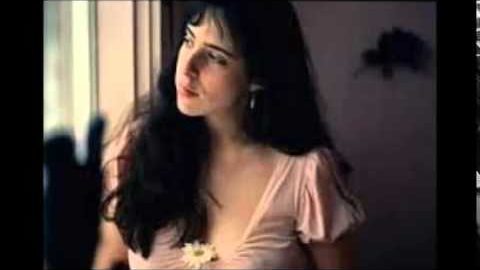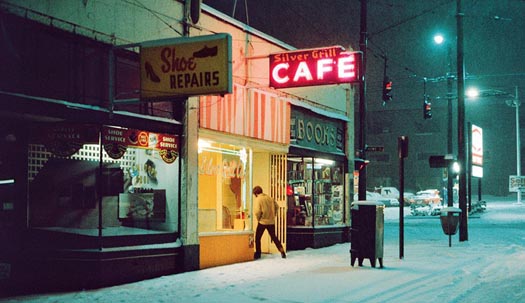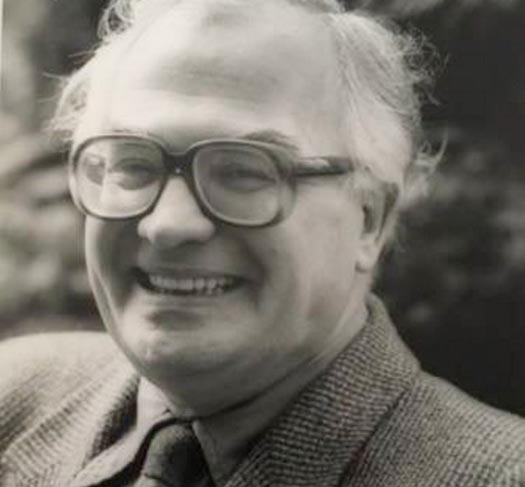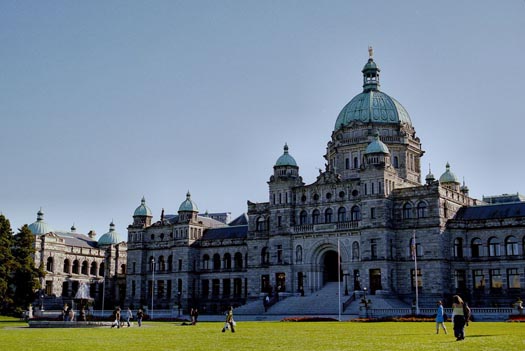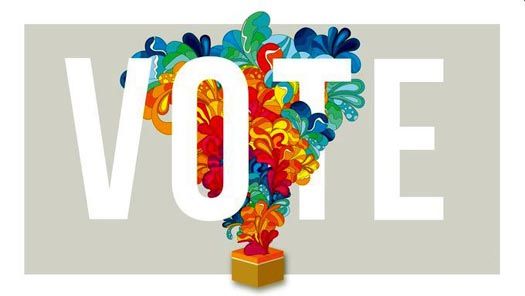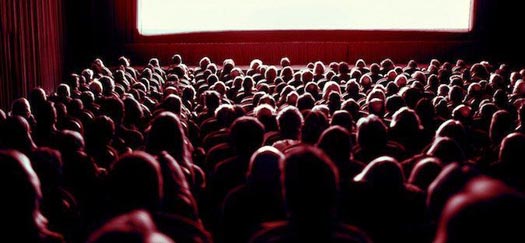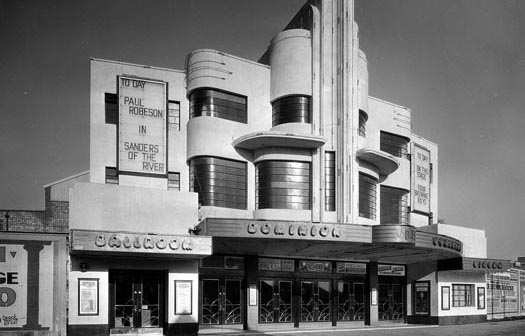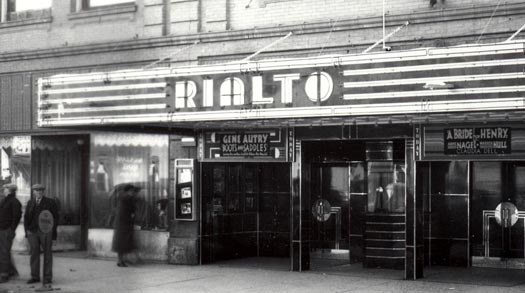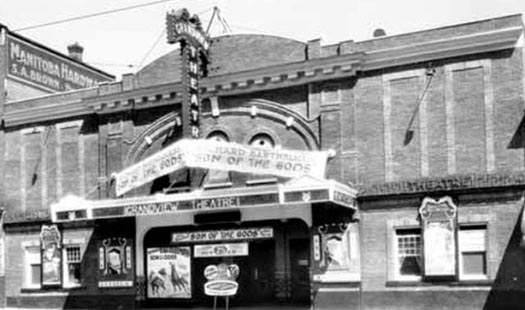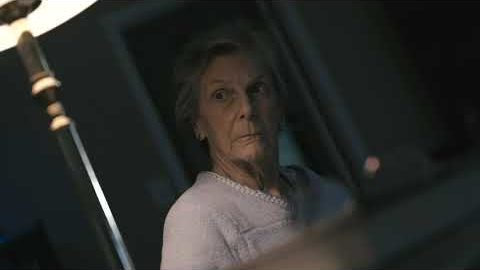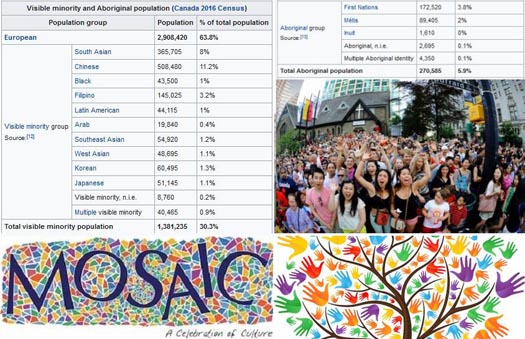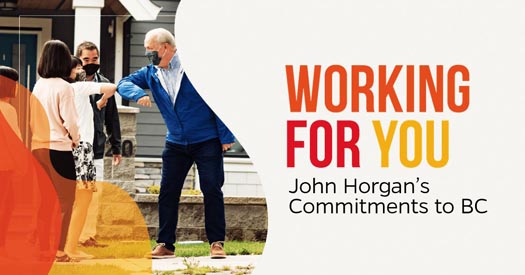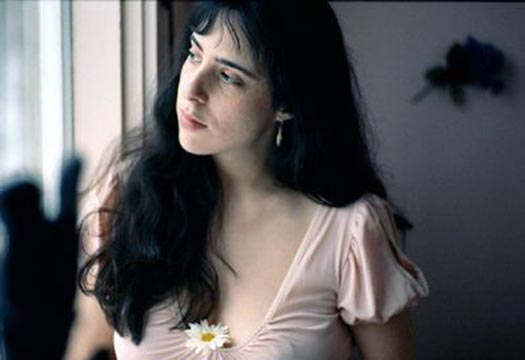
On this post election Sunday, a needed and necessary break from politics.
Last Sunday, October 18th, would have been beloved American singer-songwriter Laura Nyro’s 73rd birthday, born Laura Nigro on that date in The Bronx, New York. Ms. Nyro passed far too early on Tuesday, April 8, 1997.
Years ago, for me, one of the great joys of my life was playing the breadth of Laura Nyro’s music library during my regular afternoon shift on Simon Fraser University’s CKSF radio, when I was in love with her music, and simply couldn’t get enough of the albums she released, and I softly spun.
Laura Nyro, the song Up on the Roof, from her 1970 LP Christmas & The Beads Of Sweat
A bit of background on Ms. Nyro: As a child, she spent summers in the Catskills with her family, where her father played trumpet at various resorts. She credited the Sunday school at the New York Society for Ethical Culture with providing the basis of her education; she also attended Manhattan’s High School of Music & Art. While in high school, she sang with a group of friends in subway stations and on street corners.
Her father Louis Nigro’s work brought him into contact with record company executive Artie Mogull, and his partner Paul Barry, who in 1966 auditioned a young Laura Lyro, then all of 20 years of age, subsequently going on to become her first manager. Mogull then set about to negotiate a recording and management contract for his young protégé. On November 29, 1966, Laura Nyro released her début album, More Than a New Discovery, for the Verve Folkways label. A song from the album, Wedding Bell Blues / Stoney’s End became a minor hit for Nyro, especially on the west coast.
Later, other songs from the album became hits for The 5th Dimension, Blood, Sweat & Tears, and Barbra Streisand.
On Saturday, June 17, 1967, Laura Nyro appeared at the Monterey Pop Festival. Soon afterwards, impresario David Geffen approached Mogull about taking over as Nyro’s agent. Geffen became her manager, and together the two established a publishing company, Tuna Fish Music, under which the proceeds from her future compositions would be divided equally.
Geffen also arranged Nyro’s new recording contract with Clive Davis’ Columbia Records, and purchased the publishing rights to her early songs.
The new contract allowed Nyro more artistic freedom and control. In 1968, Columbia released Eli and the Thirteenth Confession. Eli was followed in 1969 by New York Tendaberry, another highly acclaimed work which cemented Nyro’s artistic credibility. Nyro’s fourth album, Christmas and the Beads of Sweat, was released at the end of 1970. The set contained Upstairs By a Chinese Lamp and Been on a Train (one of my all time favourites), and featured Duane Allman and other Muscle Shoals musicians.
In the early 70s, there was no greater reflection to be had on a rainy autumn afternoon up on the fog-bound hill at Simon Fraser University than to be snugly sequestered, and warm inside the tiny broadcast studio at CKSF, lights down, experiencing Laura Nyro’s melancholy Been on a Train.
The following year’s album release, Gonna Take a Miracle was a collection of Nyro’s favourite “teenage heartbeat songs”, and was recorded with the blues vocal group Labelle (Patti Labelle, Nona Hendryx, and Sarah Dash).
In 1976, Ms. Nyro released an album of new material, Smile, after which she embarked on a four-month tour with a full band, which resulted in the 1977 live album Season of Lights. After the 1978 album Nested, recorded when she was pregnant with her only child, she again took a break from recording, this time until 1984’s Mother’s Spiritual.
Between 1968 and 1970, a number of artists had hits with her songs: The 5th Dimension with Blowing Away, Wedding Bell Blues, Stoned Soul Picnic, Sweet Blindness, and Save the Country; Blood, Sweat & Tears and Peter, Paul and Mary, with And When I Die; Three Dog Night and Maynard Ferguson, with Eli’s Comin’; and Barbra Streisand with Stoney End, Time and Love, and Hands off the Man (Flim Flam Man). Nyro’s best-selling single was her recording of Carole King’s and Gerry Goffin’s Up on the Roof.
Laura Nyro’s final album release, Walk the Dog and Light the Light came in the late summer of 1993, with the song, Oh Yeah Maybe Baby. I remember going down to Zulu Records, when it was located at the corner of 4th and Burrard, with my friend J.B. Shayne, who all but took my hand as he led me into the store, and to the bin where Walk the Dog and Light the Light lay, the album becoming the soundtrack of my life in 1993.
Nyro passed away April 8, 1997, at the age of 49.
She was posthumously inducted into the Songwriters Hall of Fame in 2010, and into the Rock and Roll Hall of Fame in 2012.
